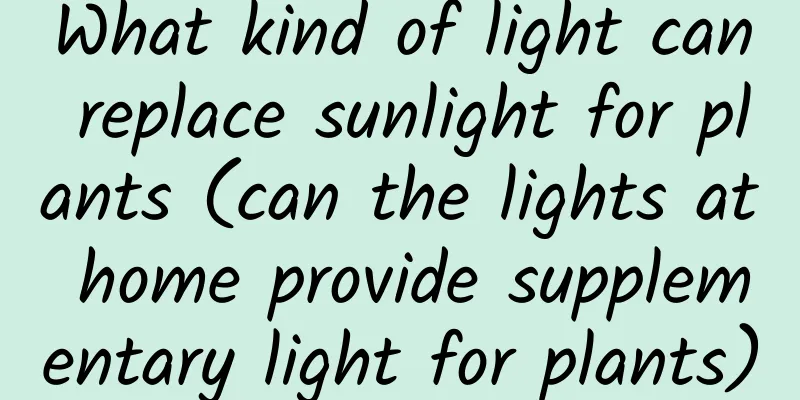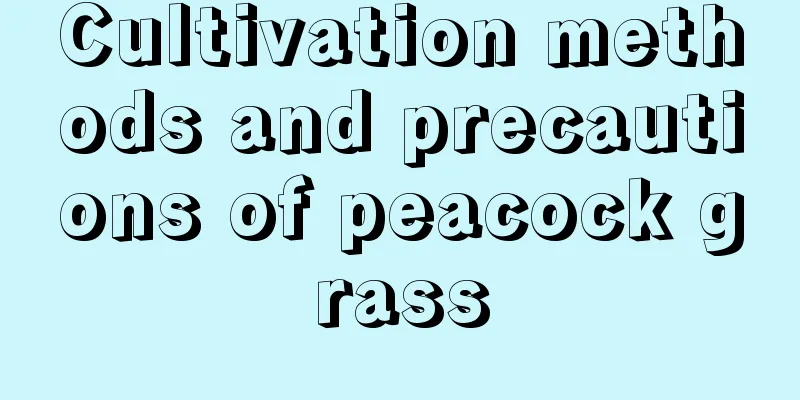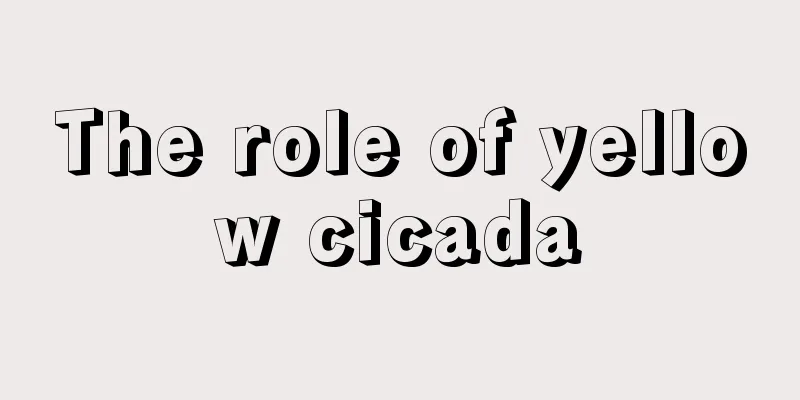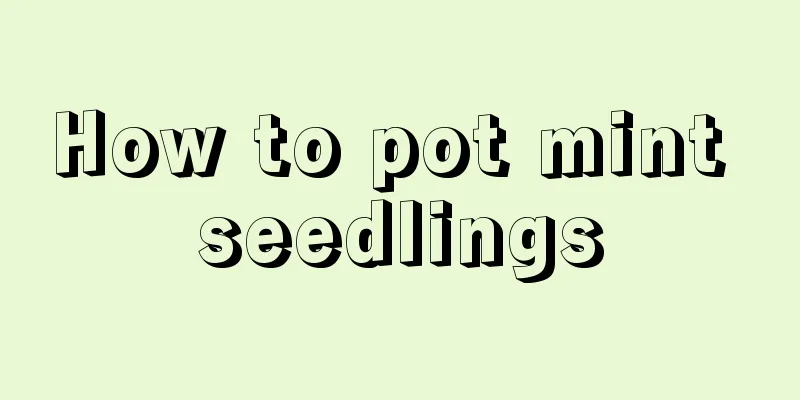What kind of light can replace sunlight for plants (can the lights at home provide supplementary light for plants)

What kind of light can replace sunlight to supplement the light for plants?Sunlight is a natural light source that is a mixture of light of different intensities and wavelengths. In addition to infrared and ultraviolet rays that are invisible to the naked eye, it also contains other light waves that can participate in plant growth and metabolism. Red and blue light waves are particularly sensitive. Red light is mainly involved in the synthesis of plant carbohydrates and pigment cells, while blue light mainly stabilizes the growth and development of plants and prevents excessive growth of plant stems. The light source released by lamps is artificial light, which only simulates natural light and cannot completely replace sunlight. The plant supplementary lights on the market are generally based on full-spectrum LED lamps or metal halide lamps that can sustainably release red and blue light waves . When using it, you need to pay attention to the growth patterns of the plants themselves, turn it on during the day and close it in the evening, maintain an appropriate safety distance according to the power size, and pay attention to ventilation and heat dissipation. It is not necessary to use supplementary lighting for plants to survive the winter, and you should not become dependent on it.Although most areas lack sunlight in winter, it is not completely without sunlight, especially in areas where the winter is not particularly cold, and some areas can even survive the winter in a natural environment. Moreover, the growth of potted plants that are not cold-resistant in winter tends to be slow or basically stagnant. This is part of the plant's normal growth cycle and a process of accumulating nutrients. They will start growing normally again when the climate warms up in spring. Although sunlight does play a vital role in plant growth, it is not the only factor. Controlling the ambient temperature and humidity also has a positive effect on the plants' successful wintering, without the need for excessive human intervention. If you use fill lighting for a long time, the plants may appear to be in good condition, but in fact they have become "flowers in a greenhouse." Compared with plants growing in the natural environment, their ability to resist cold and disease is weakened. It takes an adaptation process to return to the natural environment after the spring, which is why many flower lovers insist on not using fill lights . |
Recommend
When is the best time to transplant dragon fruit?
Dragon fruit is a common tropical fruit , which i...
In which month do chrysanthemums bloom?
Chrysanthemum is one of the ten traditional famou...
How to cultivate large flower loquat
1. Lighting Large-flowered loquat likes light and...
What are the plants with purple flowers?
1. Platycodon grandiflorum This flower is also kn...
Common species of Tradescantia
Tradescantia alba White spiderwort, also known as...
How to cut the money tree when there are too many leaves? Should the bad leaves and old leaves be cut off?
1. How to cut The plant grows very fast, and the ...
How to grow Lithops hydroponically
Can Lithops be grown hydroponically? Lithops can ...
Does Jaboticola prefer shade or sun?
Does Jaboticola prefer shade or sun? Jabuticaba i...
In summer, there are plant curtains that are 5 degrees lower than other people’s homes and can also absorb formaldehyde!
Brocade wisteria Maintenance points: 1. Light: Ji...
How to wash bayberry
1. Alkaline water cleaning Bayberry can be washed...
Methods and forms of shallow pot flower arrangement
How to arrange flowers in shallow pots The height...
How to propagate the crabapple
Preparation before grafting The rootstock is chos...
Cultivation methods and precautions of Snowbloom Pine Brocade (How to cultivate the succulent Snowbloom Pine Brocade)
The leaves of the pine brocade of blowing snow ar...
Mimosa pudica growth environment conditions and characteristics
Mimosa pudica growth environment conditions and r...
What to do if the bamboo begonia does not bloom
1. Improper planting management Bamboo Begonia is...









